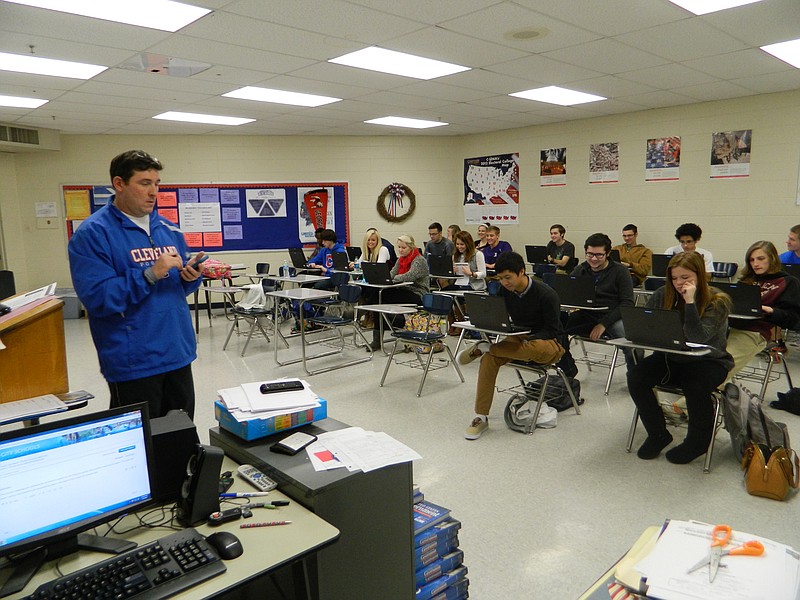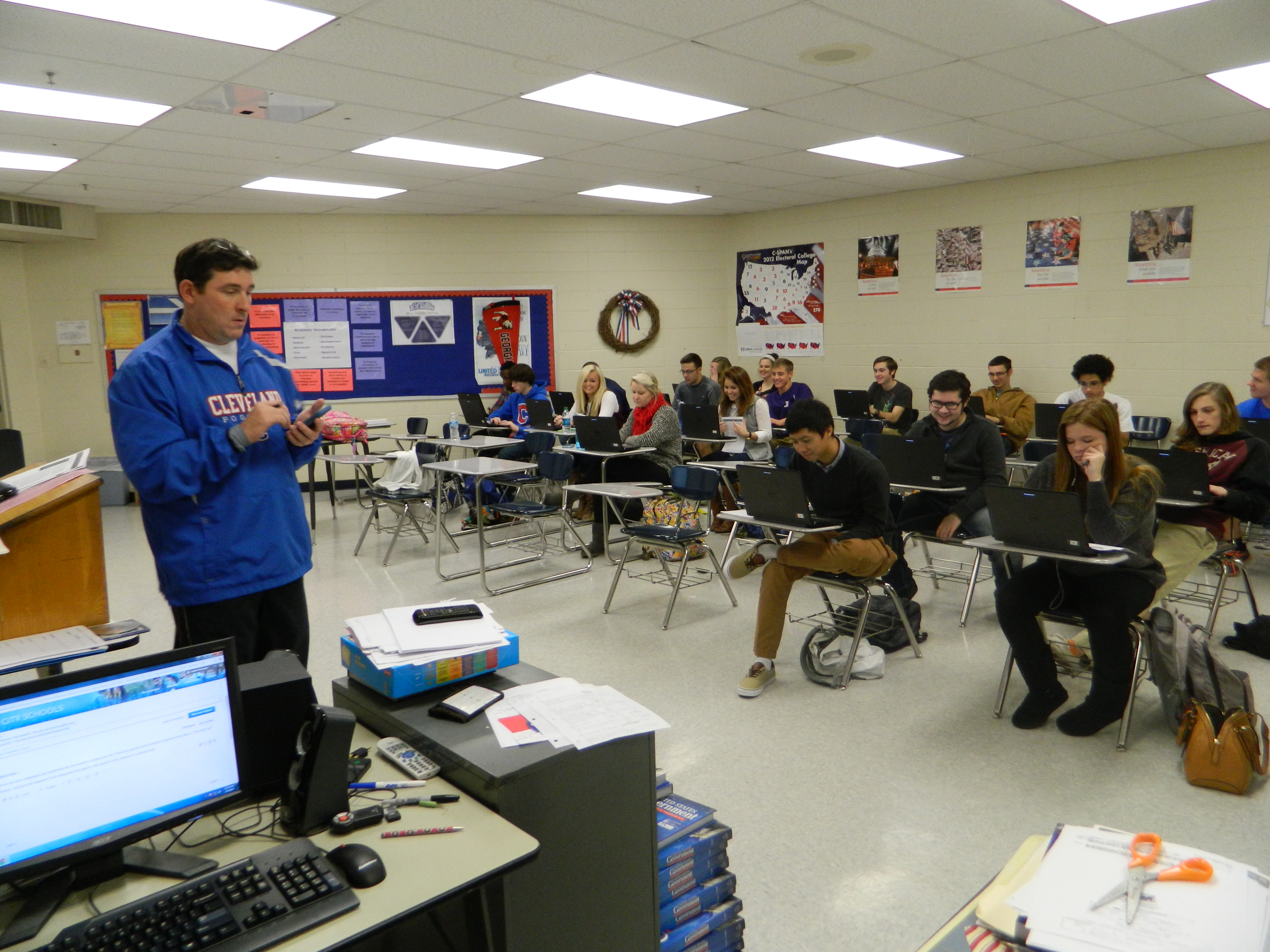CLEVELAND, Tenn. -- Classrooms at Cleveland High School and Cleveland Middle School are on their way to transitioning to digital environments, complete with laptop carts, within the next two years.
After that, city school students from fourth grade on up may be issued laptops that they can use at school and home.
On Thursday evening, the Cleveland City Board of Education voted 7-0 to approve the plan, contingent upon a reassessment of the initiative in two years.
"I 100 percent believe it's the only way to go, because we're getting left behind by other school systems who are already on board with these types of plans," said Dr. Martin Ringstaff, director of the Cleveland City Schools.
The technology plan calls for outfitting all math and social studies classrooms at the high school and middle school with laptops in 2015-2016 at a projected cost of $308,000.
In 2016-2017, the plan calls for providing all high school and middle school English and science classrooms with laptops for an estimated $248,000.
In all, about 1,900 laptops will be issued to those classrooms in the first two years of the digital conversion rollout.
At that point, the city school board will assess the success, impact and costs of the technology plan.
If no changes are made to the plan, 900 more laptops will be purchased for an estimated $180,000 and the devices will be issued to students in fourth grade and higher.
DIGITAL CONVERSION TIMELINE
* 2015-2016: Provide 1,645 laptops and carts for all math and social studies classrooms at Cleveland Middle School and Cleveland High School. Projected cost: $308,000 * 2016-2017: Provide 1,240 laptops and carts for all English and science classrooms at Cleveland Middle School and Cleveland High School. Projected cost: $248,000. Board of Education scheduled to reassess digital conversion program. * 2017-2018: Provide laptops for city school students in grades 4-12, using existing devices and requiring the purchase of an additional 900 laptops. Projected cost: $180,000 IN HAMILTON COUNTY When the school year began, the roughly 42,000-student Hamilton County Department of Education had assigned 3,380 tablets and laptop computers directly to students in 12 schools -- or about 8 percent of the total student population. Since many students already have their own electronic devices, the district this year rolled out a bring-your-own-device (BYOD) pilot program for fifth- through 12th-graders on Signal Mountain.
The digital classroom conversions will also incorporate Blackboard Learn, a learning management system used by the city school system, which allows teachers to engage students with smartphones and other devices, embed videos and documents within assignments, host online discussions and generate and grade tests and quizzes.
Board members expressed concerns regarding program funding and results.
The $736,000 rollout over three years will come from existing funds and is "a better allocation of money," said Ringstaff.
"In my opinion, using computer technology and open-based resources gives us a lot more resources than a current textbook would give you," he said.
Much of the necessary infrastructure is already underway this year, said Andrew Phillips, supervisor of technology for the city school system.
Wireless access points must already be installed in schools as a means to meet a state requirement for computer testing, he said.
Race To The Top money and other funding will go toward the purchase of network equipment in support of a 10 gigabit connection, according to the technology conversion plan.
It will take about a year to get teachers ready for the comprehensive sweep into the digital classroom, said school officials.
Ten laptop carts were issued to social studies classrooms in grades 6-12 this year as part of a pilot program, which has received positive feedback from teachers and students.
"If you had asked me this summer if I wanted to do this, I would probably have said 'no,'" said Adam Renshaw, who teaches U.S. government in a digital classroom. "But after jumping in, it's got me extremely excited about the future of education. I really love it."
A stack of rarely used textbooks, 3 years old and almost in mint condition, sits by his desk, Renshaw said.
"The [Blackboard] app is the coolest thing that I've ever used," said senior Maggie Mason, one of Renshaw's students, citing quick notifications of assignment and test scores.
Ringstaff said he believes higher test scores will ultimately result as the digital environment "opens up our world" to students.
"It is a game changer for our students," said Ringstaff. "Our kids are waiting on us."
Paul Leach is based in Cleveland. Email him at paul.leach.press@gmail.com.

